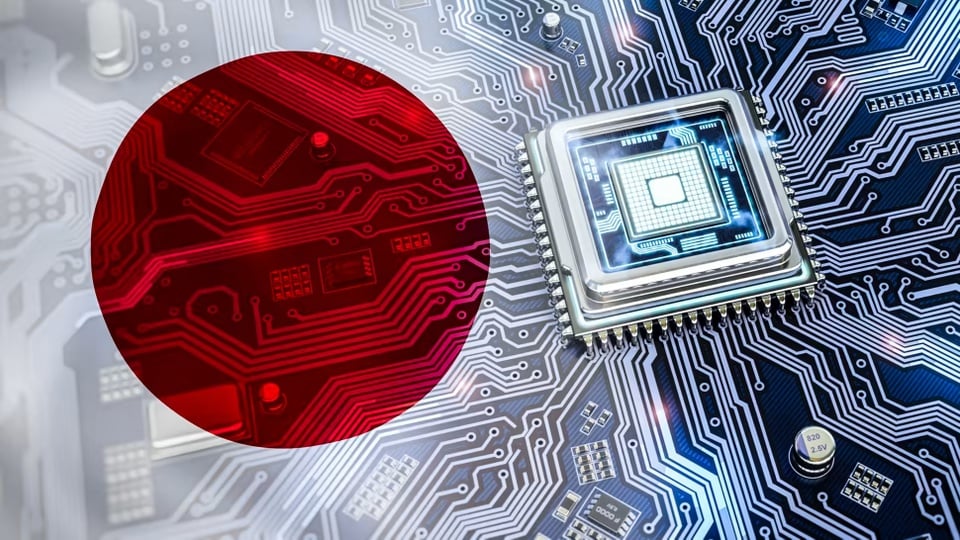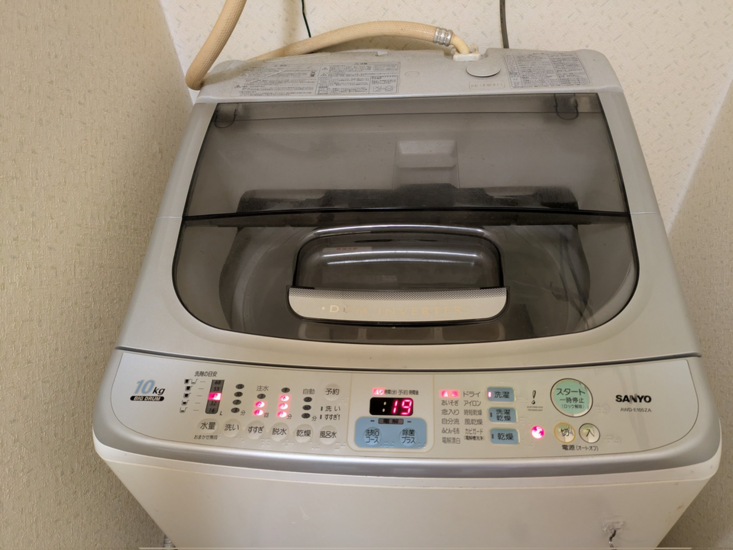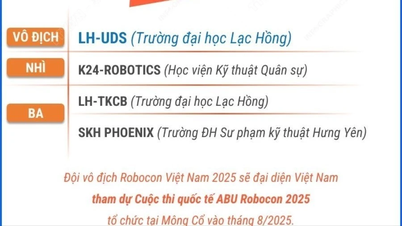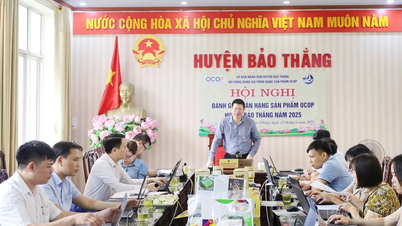 |
Japan's tech industry has lost a lot of market share in recent years. Photo: Nikkei Asia . |
Japan was a powerhouse in the consumer electronics industry during the 1970s and 1990s. In the 1980s in particular, more than 40% of the world's consumer electronics market share was held by Japanese companies.
Sony, Panasonic, Toshiba, Sharp, JVC were once the world's leading names in TVs, music players, camcorders, disc players, radios, and cameras. These were the places that produced the highest quality products at that time, making global consumers absolutely confident.
However, in the following years, Japan's dominance gradually weakened with competition from rivals from South Korea, China and Taiwan. Shifts in global supply chains and rising production costs led to a trend of factories moving abroad, as well as reducing the country's market share to 8% in 2024, according to the B&FT report.
When culture becomes a double-edged sword
Japan is famous for its meticulous work culture, focusing on quality, creating sustainable competitive advantages in production and technology. Companies such as Sony, Sanyo, Panasonic have built global reputations for durable, high-quality products, and continuous improvement according to the “kaizen” philosophy.
This is one of the core spirits that created the Japanese industrial miracle after World War II, aiming for advanced change, optimizing step by step. However, in the age of smartphones and AI, which requires breakthrough development, this philosophy also makes Japanese companies less inclined to take risks and make rapid breakthroughs like their competitors.
Japan is a pioneer in flat-screen TVs. However, Korean companies such as Samsung, LG, and recently China with TCL, HiSense have gradually gained the upper hand thanks to their strategy of large-scale production, low prices, strong marketing, and pursuing LCD and OLED technology that closely meets user needs.
 |
Earlier this year, a Chinese brand captured 50% of the market share in Japan for the first time. Photo: Nikkei Asia. |
The Land of the Rising Sun tends to neglect other markets, focusing too much on quality for domestic users. A study by the Brookings Institution found that Japanese inventors tend to participate in GCP (global collaborative patenting) much less than countries with similar levels such as the US and Germany.
Japanese companies dominate domestic patent production, while innovation from foreign companies is very limited. This affects the country's long-term competitiveness.
Another reason for the decline in electronics manufacturing market share is that the industry is no longer a priority for Japanese companies. They have been slow in globalization or the transition to digital technology , so they want to find a competitive niche that suits their technology.
According to B&FT , these companies are shifting their strategies away from low-margin consumer electronics products, focusing on specialized areas such as advanced sensors, semiconductors and industrial electronics. Production of traditional consumer electronics has shifted strongly to lower-cost regions such as China and Southeast Asia.
Opportunities and barriers in the future
Once a global icon, Japan is repositioning itself in high-tech areas such as artificial intelligence, the Internet of Things, smart robots, self-driving cars and advanced medical equipment. In the next 10 years, many interesting projects such as emotional robots, commercial flying cars and AI to diagnose diseases will be deployed here.
 |
TSMC's chip plant in Kumamoto is in the high-capacity production phase. Photo: Kyodo News. |
According to the Economic and Fiscal Report 2024, the cherry blossom country will increase investment in domestic research and development as well as digital transformation and Industry 5.0, emphasizing “super smart society” (Society 5.0). The innovation strategy also includes being more open to global talent, aiming to change inherent weaknesses.
The Japan Times said the Japanese government has recognized the success of rivals such as China and South Korea and is investing billions of dollars to restart the economy and regain its technological leadership, with the semiconductor industry being a top priority.
The above strategies are also suitable for the current situation. With pressure from the climate crisis and aging population, Japan invests heavily in the green economy (battery technology, green hydrogen, wind power plants), integrating digital transformation into life, linked to social needs.
 |
A user's Sanyo washing machine that "has not broken for 20 years" has caused a storm on social network X. Photo: Tony/X. |
Despite losing its leading position, Japan’s culture of quality and meticulousness still has influence around the world. A recent post on X by a Sanyo washing machine user received more than 10 million views and more than 1,000 comments. The account said that although the brand is no longer available, the company’s products in his home still work well after 20 years and have not broken down once.
The lesson to be learned from the example of the former tech icon is to focus on innovation. A study in the Journal of Business and Industrial Innovation found that South Korea has the highest R&D spending. China, with its strong government intervention, is gradually gaining a large market position.
Source: https://znews.vn/do-ben-20-nam-vi-sao-sanyo-toshiba-sharp-that-bai-post1558839.html





























![[Photo] Prime Minister Pham Minh Chinh receives leaders of several Swedish corporations](https://vphoto.vietnam.vn/thumb/1200x675/vietnam/resource/IMAGE/2025/6/14/4437981cf1264434a949b4772f9432b6)



































































Comment (0)